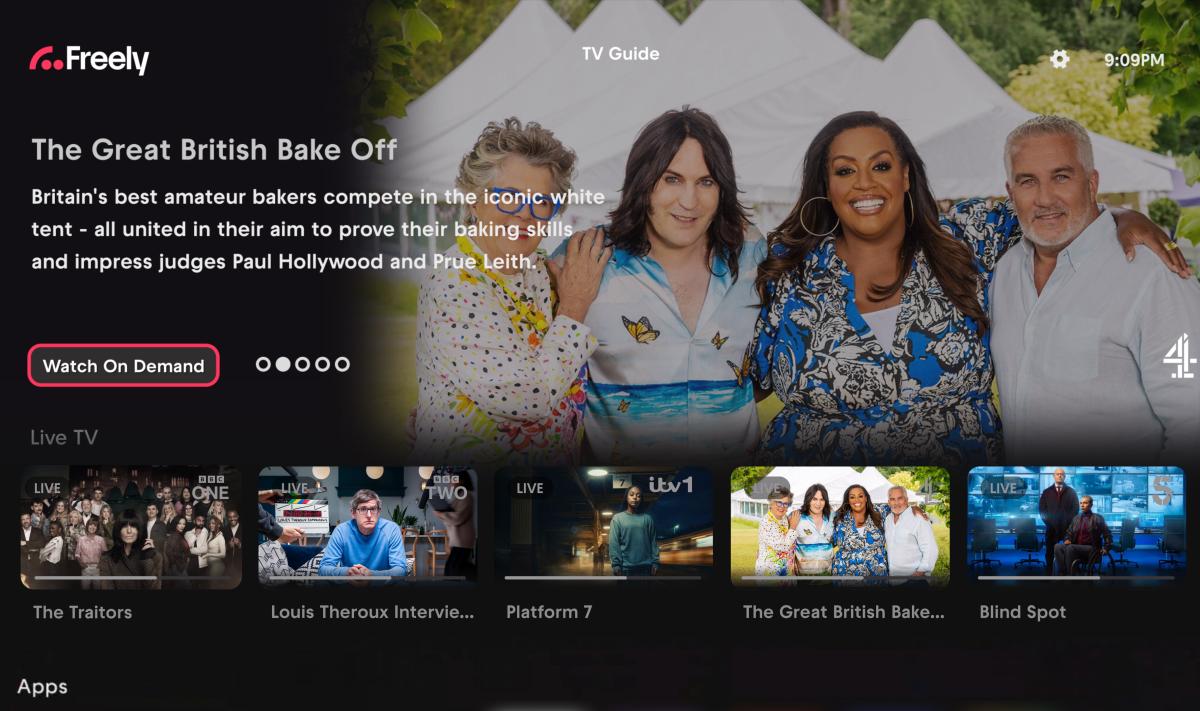While TV advertising lacks the kind of targeting that advertisers enjoy online, the fact that TV ads are often watched in a shared environment ensures that TV continues to be a great way to reach multiple members of the same household. However, video advertising is catching up. Last week YuMe announced the launch of their household targeting service, which helps brands overcome the problems associated with device and media fragmentation and target various people from the same home. VAN caught up with Ed Haslam, SVP Marketing at YuMe, to find out what the service will offer brands.
Congratulations on the launch of your household targeting product. Could you give a little more background information on how it will work?
Thank you! We’re very excited about this announcement. The feedback we’ve already received from customers has been extremely positive as you could see from Hyundai/Initiative. In a nutshell, Household Targeting delivers 100% in-stream, interactive video ads to all screens in a household – smartphone, tablet, CTV, PC. By utilizing our Connected Audience Network these ads will reach more than 147M video viewers per month, in the United States (viewership as of April 2013) – just imagine how many multi-screen households that will reach. The ‘how’ is by identifying a household using a heuristic algorithm based on IP addresses that have multiple devices behind them amongst other variables.
Which types of brands are typically seeking out household targeting?
This solution is increasingly in high demand with brands whose products impact multiple family members such as a car, TV, travel & leisure, among others. Because this type of targeting brings engaging brand experiences to multiple members of one home, it helps advertisers create branding synergy across screens and among household members. Due to the nature of a household, this widespread, in sync advertising to all household members increases the chances of both decision makers and decision influencers seeing an ad and thereby influencing a purchase decision. Imagine a SUV commercial on not only your spouse’s TV screen but your daughter’s smartphone and your son’s tablet – each of them may see a unique reason why that would be the perfect car for your family.
Are brands creating ads specifically for the individual members of the household based on age, gender, etc. – or are we still at the stage where brands are using their TV creatives?
At this time we’re still in the age of repurposed content. We’ve just recently finished a research study with Dynamic Logic on creative best practices in response to similar questions from advertisers; do I need to create original content or can I repurpose creative for different screens? However, we are early in the market evolution of household targeting so member-specific, while an intriguing idea is not yet a reality.
If you’re using data to retarget people on devices. Is this new product related to YuMe’s acquisition of Crowd Science and does this represent a step in a programmatic direction for YuMe?
This capability was built by our development team as a natural extension of all of our pre-existing targeting capabilities. It is not related to crowd science capabilities nor programmatic. We anonymously associate a device with a home IP address so even if the device leaves the home we can identify it.





